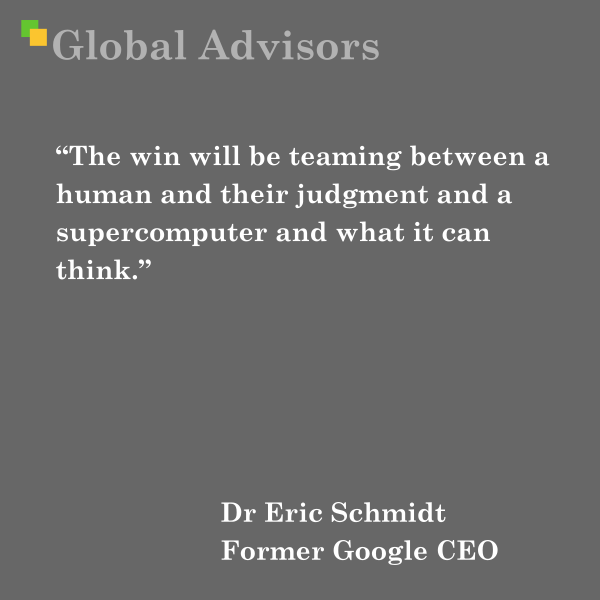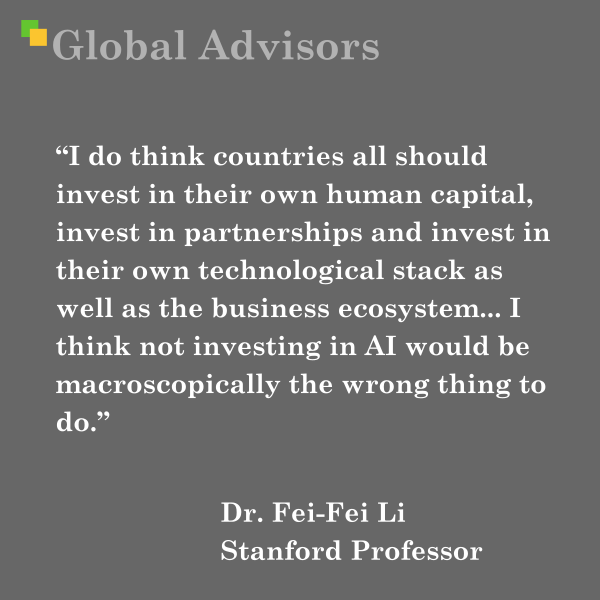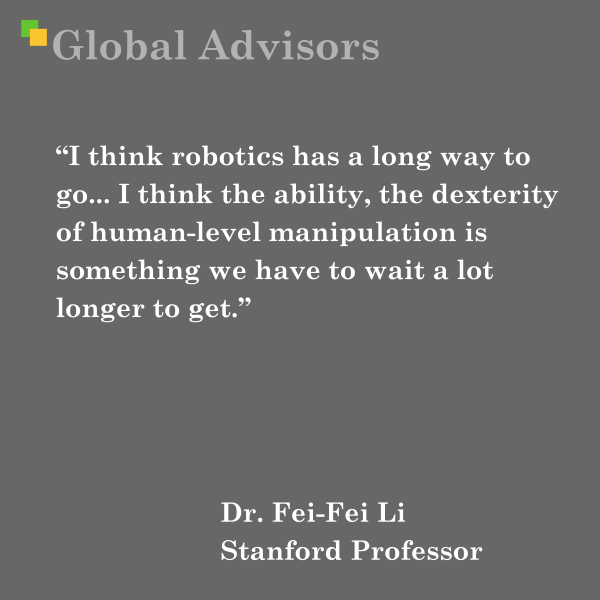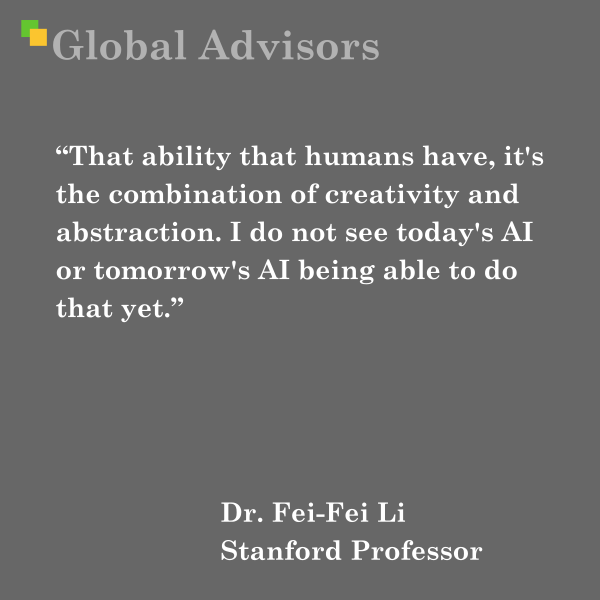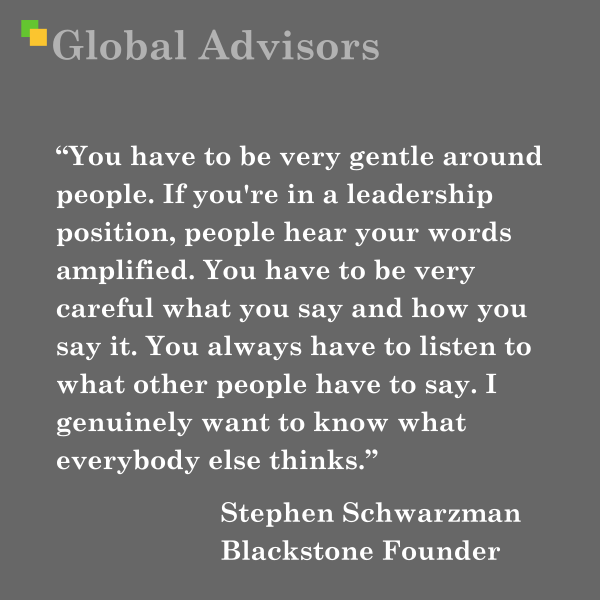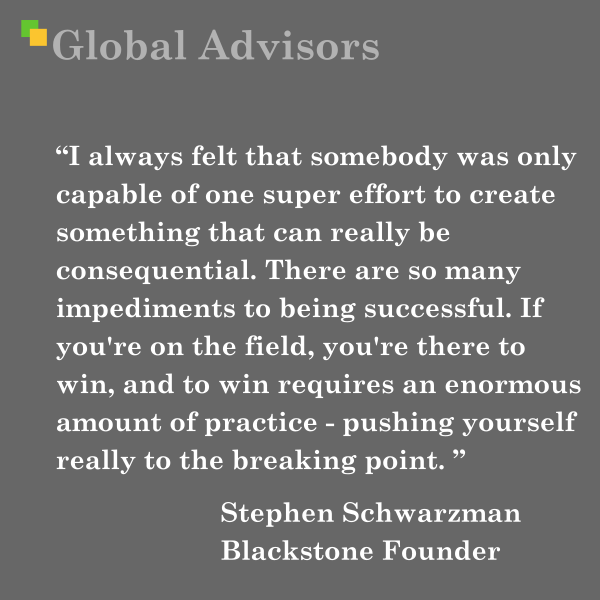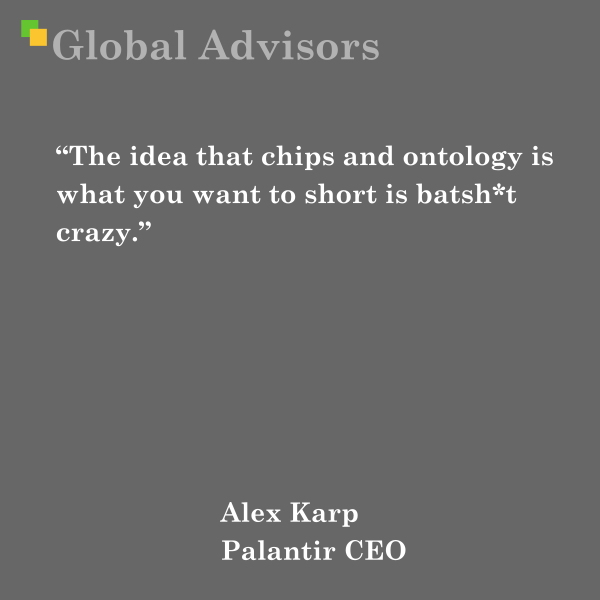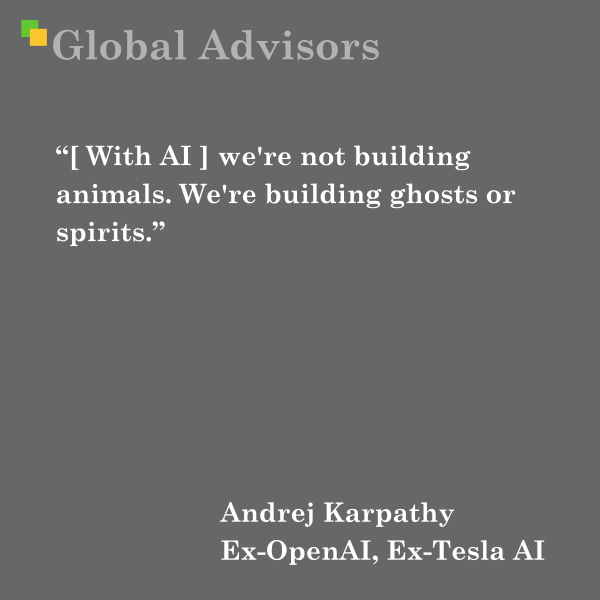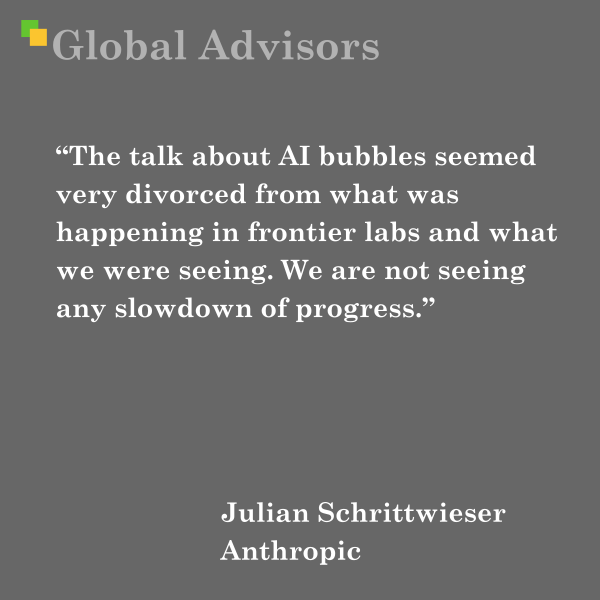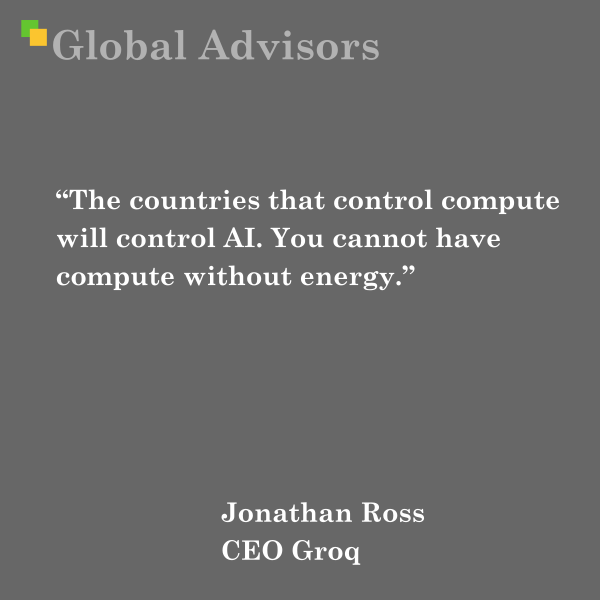“Great ideas come from everywhere if you just listen and look for them. You never know who’s going to have a great idea.” – Sam Walton – American retail pioneer
This quote epitomises Sam Walton’s core leadership principle—openness to ideas from all levels of an organisation. Walton, the founder of Walmart and Sam’s Club, was known for his relentless focus on operational efficiency, cost leadership, and, crucially, a culture that actively valued contributions from employees at every tier.
Walton’s approach stemmed from his own lived experience. Born in 1918 in rural Oklahoma, he grew up during the Great Depression—a time that instilled a profound respect for hard work and creative problem-solving. After service in the US Army, he managed a series of Ben Franklin variety stores. Denied the opportunity to pilot a new discount retail model by his franchisor, Walton struck out on his own, opening the first Walmart in Rogers, Arkansas in 1962, funded chiefly through personal risk and relentless ambition.
From the outset, Walton positioned himself as a learner—famously travelling across the United States to observe competitors and often spending time on the shop floor listening to the insights of front-line staff and customers. He believed valuable ideas could emerge from any source—cashiers, cleaners, managers, or suppliers—and his instinct was to capitalise on this collective intelligence.
His management style, shaped by humility and a drive to democratise innovation, helped Walmart scale from a single store to the world’s largest retailer by the early 1990s. The company’s relentless growth and robust internal culture were frequently attributed to Walton’s ability to source improvements and innovations bottom-up rather than solely relying on top-down direction.
About Sam Walton
Sam Walton (1918–1992) was an American retail pioneer who, from modest beginnings, changed global retailing. His vision for Walmart was centred on three guiding principles:
- Offering low prices for everyday goods.
- Maintaining empathetic customer service.
- Cultivating a culture of shared ownership and continual improvement through employee engagement.
Despite his immense success and wealth, Walton was celebrated for his modesty—driving a used pickup, wearing simple clothes, and living in the same town where his first store opened. He ultimately built a business empire that, by 1992, encompassed over 2,000 stores and employed more than 380,000 people.
Leading Theorists Related to the Subject Matter
Walton’s quote and philosophy connect to three key schools of thought in innovation and management theory:
1. Peter Drucker
Peter Drucker, often called the father of modern management, advocated for management by walking around: leaders should remain closely connected to their organisations and use the intelligence of their workforce to inform decision-making. Drucker taught that innovation is an organisational discipline, not the exclusive preserve of senior leadership or R&D specialists.
2. Henry Chesbrough
Chesbrough developed the concept of open innovation, which posits that breakthrough ideas often originate outside a company’s traditional boundaries. He argued that organisations should purposefully encourage inflow and outflow of knowledge to accelerate innovation and create value, echoing Walton’s insistence that great ideas can (and should) come from anywhere.
3. Simon Sinek
In his influential work Start with Why, Sinek explores the notion that transformational leaders elicit deep engagement and innovative thinking by grounding teams in purpose (“Why”). Sinek identifies that companies weld innovation into their DNA when leaders empower all employees to contribute to improvement and strategic direction.
Additional Relevant Thinkers and Concepts
- Clayton Christensen: In The Innovator’s Dilemma, he highlights the role of disruptive innovation which is frequently initiated by those closest to the customer or the front line, not at the corporate pinnacle.
- Eric Ries: In The Lean Startup, Ries argues it is the fast feedback and agile learning from the ground up that enables organisations to innovate ahead of competitors—a direct parallel to Walton’s method of sourcing and testing ideas rapidly in store environments.
Sam Walton’s lasting impact is not just Walmart’s size, but the conviction that listening widely—to employees, customers, and the broader community—unlocks the innovations that fuel lasting competitive advantage. This belief is increasingly echoed in modern leadership thinking and remains foundational for organisations hoping to thrive in a fast-changing world.



